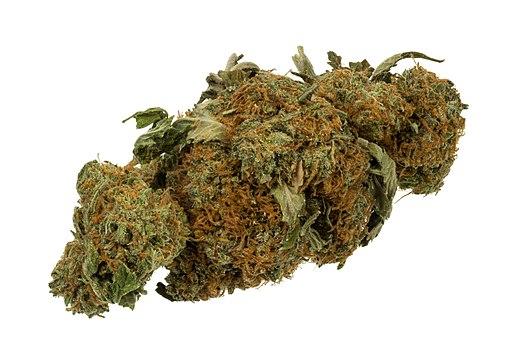With recreational marijuana spreading from state to state, it has been instructive to watch an industry emerge witnessing in real time economic principles and strategies being deployed. And while California lags far behind Washington state in tax revenues from the sale of weed (roughly $86 million versus $281 million), California has a lot more experience with horticultural products and by that I mean wine. You might argue the quality of California and Washington’s pinot noirs or cabernets, but it is hard to argue that California’s farmers have been in the business a lot longer and have a few tricks up their sleeves. The latest way to create that unique niche market in weed, appellations.
Appellations are geographical designations for growing regions. Burgundy and Bordeaux are not just wines; they are wine growing regions. You can’t produce a Burgundy wine in Bordeaux, because even though the grapes may be the same species, they are grown in different soils and climates, termed terroir; and terroir is a licensed form of labeling. It is the earliest form of a field to bottle chain of custody or trust. It is heavily enforced, and California has its own wine appellations – think Napa or Sonoma. And those chains of care can be very precise, down to specific plots of soil and grapes within a vineyard.
So it should come as no surprise that in 2017 California decided to apply the same regulations to their newest horticultural crop, weed. Weed will not bother with the simple geographic boundaries established by cartographers, but like wine will try and aggregate and label based upon the species and growing climate, our oenophile friend, terroir. Weed farmers and researchers are finding great opportunities in taking the same species and subjecting them to different growing environments, you get different yields, different compositions of cannabionids – the same plant may yield a product that drives you directly to the snacks at the local seven eleven or that leaves you looking for enlightenment at a swirl of paint on the wall.
But this current debate over climate has, dare I say, a millennial California twist. Pot, unlike grapes, can be grown indoors so "climate" can be controlled not suffering the ravages of too much sun or water like outdoor plants face, so are appellations applicable? And while geography may not have the same effect on weed as wine, the purpose of appellations, the protection of the intellectual property of farmers and a custody chain from farm to bud still has economic force.
Big Cannabis is upon us; you need only look north to Canada to see that truth. Canopy Growth, a publically traded company in Canada with $40 million in revenue is sitting on $4 billion, yes with a B, cash investment by Constellation Brands – a Fortune 500 producer of beer, wine, and spirits. CK Mondavi produces a lot of wine, 20.5 million bottles at a $7 per bottle price point. [1]. Pappapietro-Perry, a much smaller vintner makes 96,000 bottles of a far nicer wine with a price point over $50 a bottle. You will see the same specialization with pot, boutique growers and niche markets based on appellation or other forms of trust and marketing - the economics are too great.
[1] C. Mondavi CEO: ‘Cultural premiumization’ fuels consumer thirst for higher-priced wine and other goods
Source: Inspiration for this article comes from Wired The Quest to Make California’s Weed the Champagne of Cannabis




